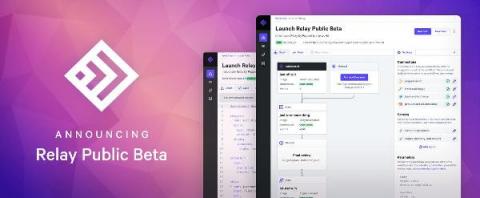Deploying a Performant PHP Application on Kubernetes with Rancher
PHP is one of the most popular programming languages on the web. It powers many widely used content management systems like WordPress and Drupal, and provides the backbone for modern server-side frameworks like Laravel and Symfony. Despite its popularity, PHP has a bit of a reputation for being slow and hard to maintain. It has gotten better in recent years, but there are two features that high-performance PHP applications will likely need: OPcache and PHP FastCGI Process Manager (PHP-FPM).











